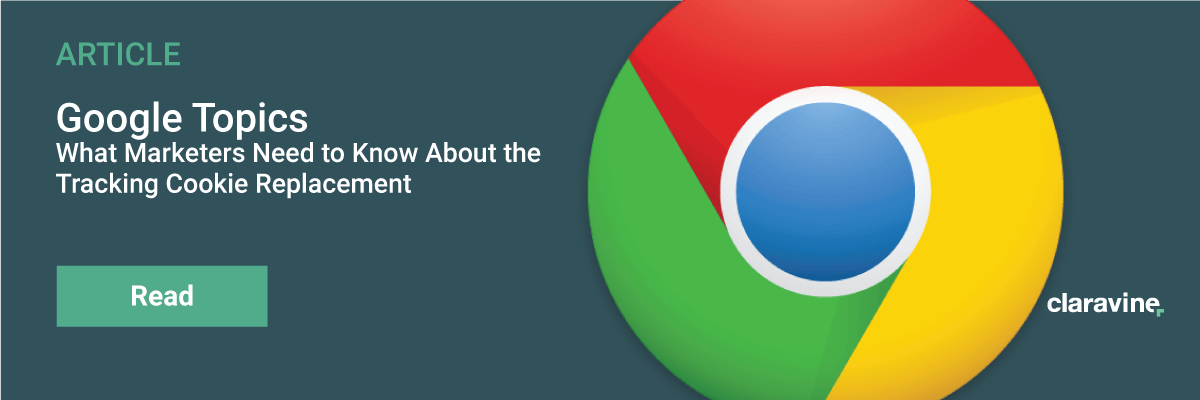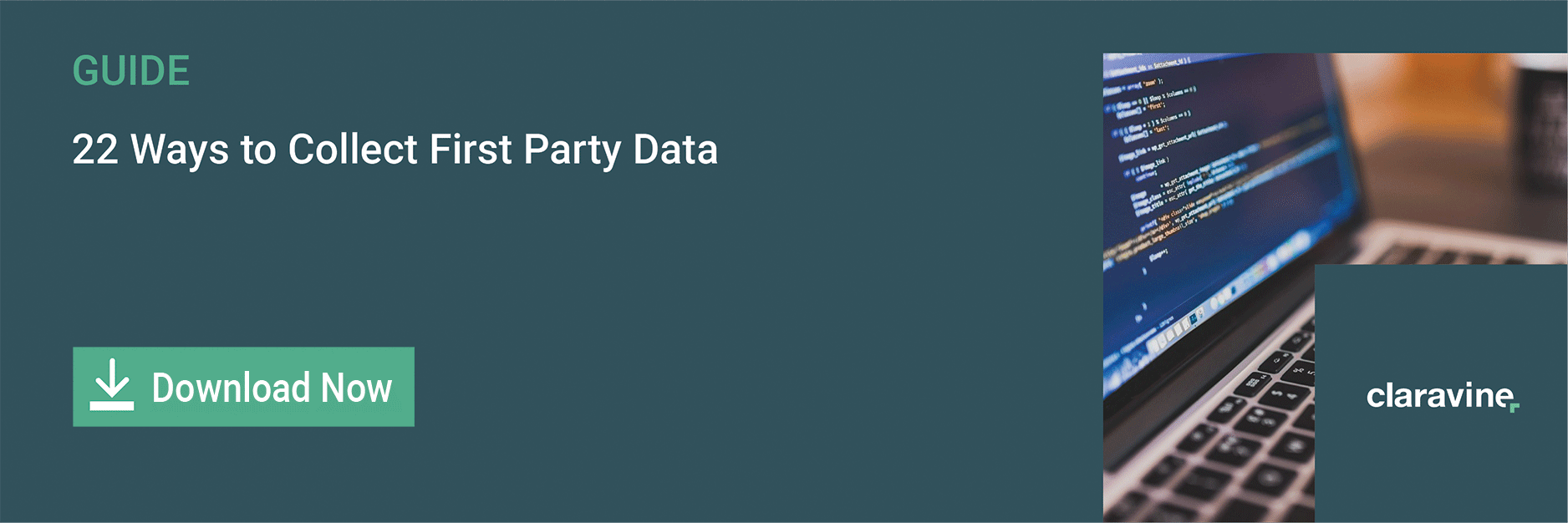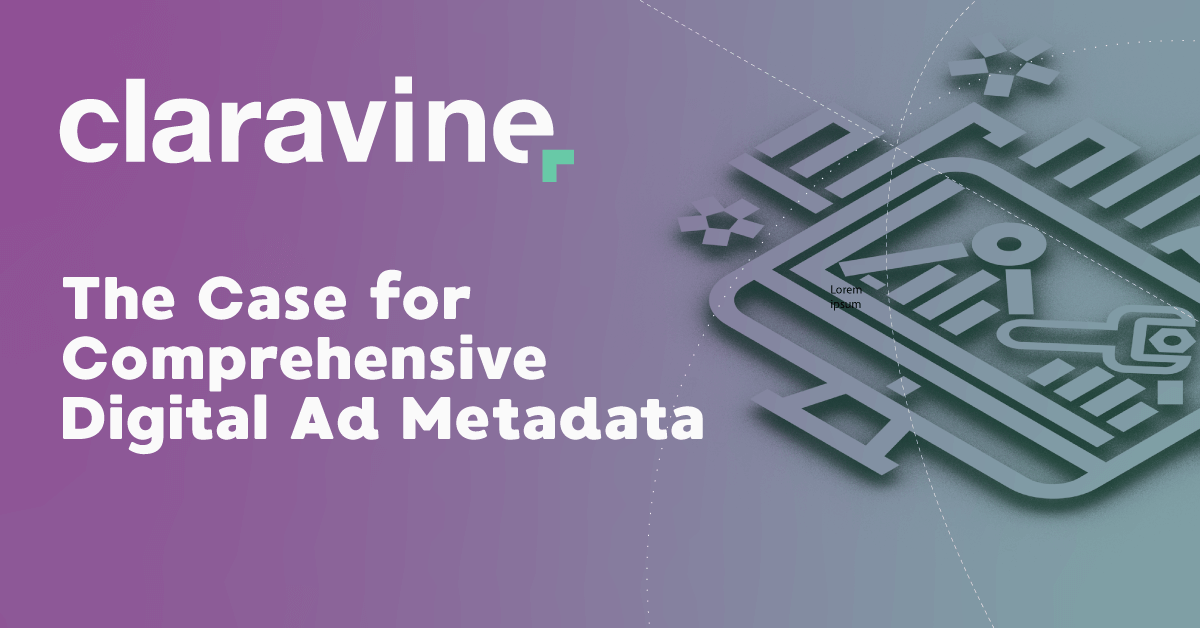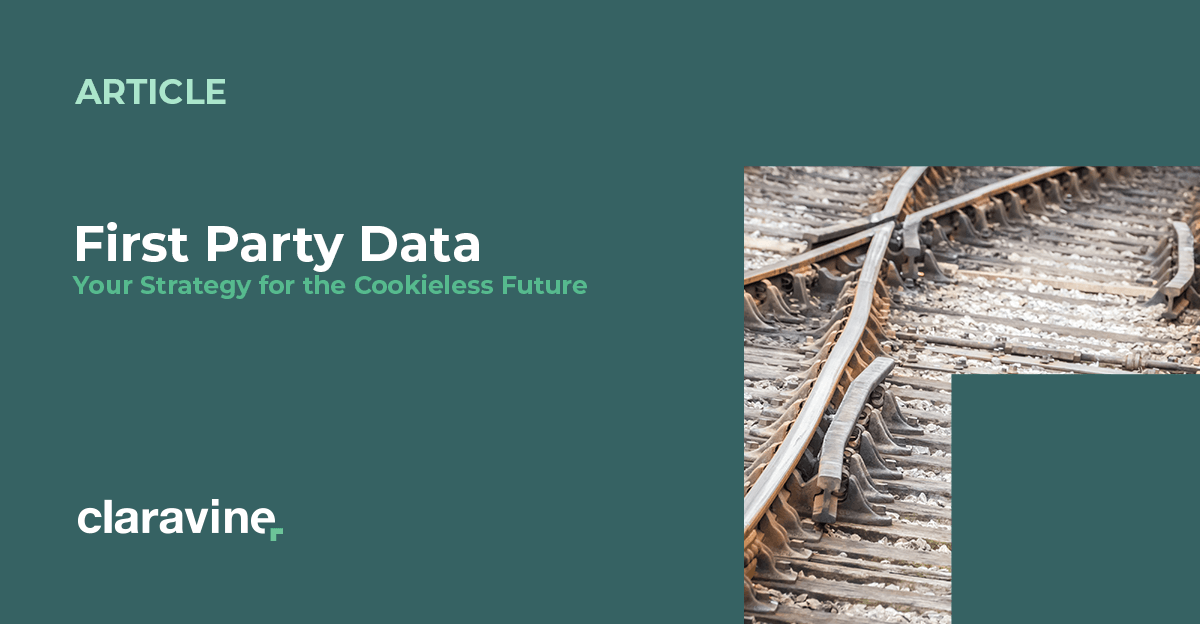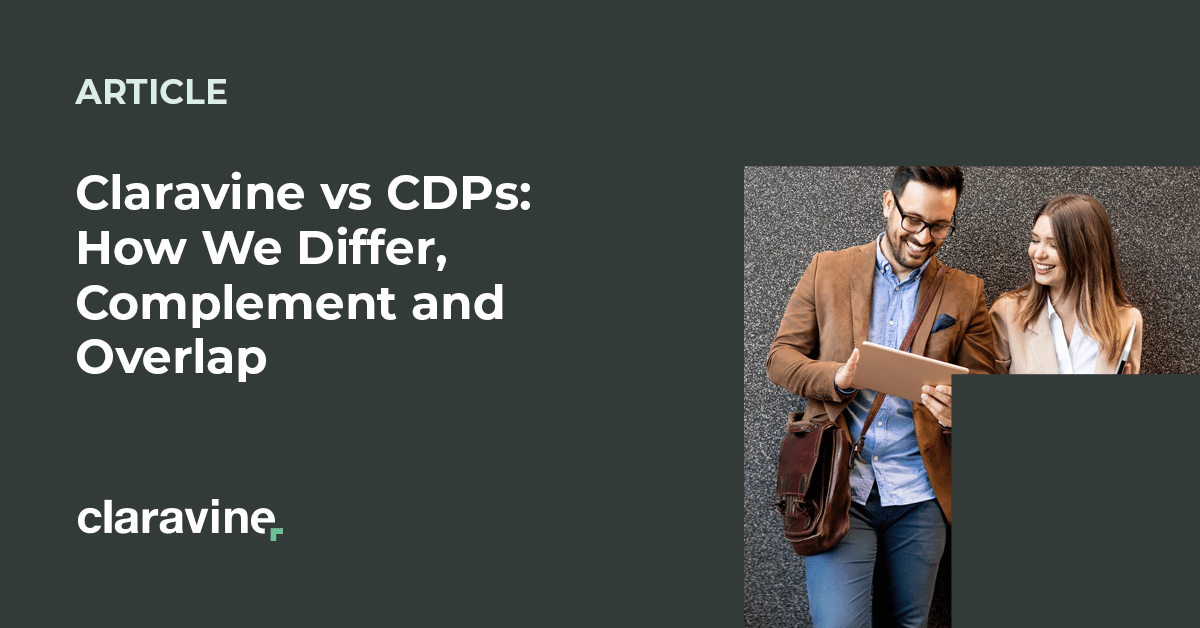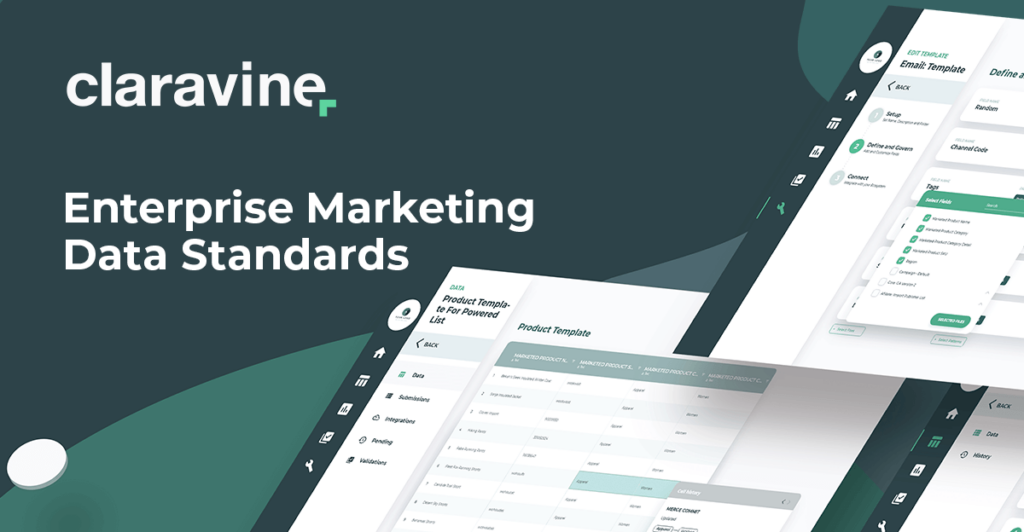Third-Party Cookies Defined and the 4 Top Alternatives

You know that creepy feeling you get when you feel like you’re being followed?
I mean, across the web.
Like when you do a little online store browsing and you see those same or similar items pop up later in ads on your Facebook feed.
We have third-party cookies to thank for that form of digital advertising.
They’ve been a boon for advertisers. But for consumers? We’re over it.
Throw in a few gigantic consumer data breaches and the demand for stronger privacy regulations took on new urgency. It led Mozilla and Apple to pull the plug on them in 2019. Google will stop supporting them in January 2022.
This, plus the advent of ad blockers, and users clearing their cookie caches — well, marketers knew this day was coming.
Still, they’ve remained highly dependent on them and risk losing $10 billion of revenue if they don’t find another approach for effectively managing user data and targeting customers.
There’s no shortage of solutions being offered as an alternative. We’re going to review four of the broader, most talked-about third-party cookie alternatives.
In This Article
What is a Third-Party Cookie?
Third-party cookies are small files or tracking codes placed on your browser by the websites you visit. They collect a bunch of data about you and your behavior as you browse, such as location, age, gender, sites visited, and how much time you spent on each.
Third-parties like publishers or AdTech platforms can access this data and use it to reach their users on the right platform at the right time.
Cookies are best defined as a little digital antenna that a website slaps on your browser when you visit, which broadcasts your browsing data back to them as you bounce around the web.
What is the Difference Between 1st and 3rd Party Cookies?
The difference between 1st and 3rd party cookies has to do with how they are created and used by the site owners.
First-party cookies are files created and stored by the domain you’re visiting. Only the site owner can access this data. They use the information to tailor your browsing experience according to your settings and preferences.
3rd party cookies are created by users’ browsing history and are accessible to other platforms to leverage for their own ad targeting purposes.
4 Leading Alternatives to Third-Party Cookies
Here are some of the solutions that could replace third-party cookies as digital marketing’s industry standard. Two are new and in development and two are current methods that are taking on renewed importance.
1. Google’s Privacy-Centric Developments
In 2019, Google unveiled the Privacy Sandbox, their initiative to meet rising consumer expectations for more privacy on the web.
It leveraged a tracking method called Federated Learning of Cohorts (FLoC). Instead of using third-party cookies to collect information about users’ browsing history, it analyzes online activity within their Chrome browser.
But in January 2022, FLoC was disintegrated and Google Topics rose in its place. similarly cohort-based, Topics rallies around a few hundred categories of interest rather than hundreds of thousands.
2. Universal ID
Frameworks like Unified ID 2.0 (UID 2.0) promote establishing a unique user ID for every internet user. The solution preserves advertisers’ ability to provide relevant, targeted advertising but with more controls available to the user.
It uses single sign-on to collect a user’s email address — and one-time consent — when they visit a website or app that supports UID 2.0.
First developed by The Trade Desk, UID 2.0 is an open-source, non-commercial initiative that has garnered widespread AdTech industry support and collaboration.
Here’s how it addresses the privacy concerns associated with third-party cookies.
- Provides total anonymity: User IDs are based on an anonymized version of their email containing no extra identifying information. It’s an encrypted string and numbers and letters that cannot be mapped back to their email
- Puts users in control: Users are able to log in to monitor and adjust how their ID is being used and shared by advertisers
- Provides more transparency: Publishers explain the exchange of data to users openly, through a simple interface
Though the industry is on board, a universal ID requires users to hand over their email addresses. And that’s not always easy to do.
3. Contextual Advertising
Contextual advertising places ads based on the page content through keyword and topic-based targeting instead of behavioral tracking.
So users get to see ads that are relevant to the content they’re consuming without giving up any privacy.
Contextual targeting gives marketers more control over where their ads appear, ensuring that those sites align with their brand values. You can’t do that using third-party cookies.
Of course, contextual advertising does have a narrower reach — your target audience will only see your ads if they visit a site with related content.
So consider it just one part of a comprehensive strategy.
4. More First-Party Data Collection
If you’re like 88% of marketers surveyed who consider it a top priority for the year, you’ve already committed to beefing up your first-party data collection.
First-party data is more accurate and reliable, allowing you to design a more targeted user experience than third-party data ever could.
So how do you collect more of it?
- By leveraging all the touchpoints you have with your customers and prospects already. Think of all the data — some of it surely untapped — within your social media, call center, POS, etc.
- By investing in good ol’ fashioned digital marketing tactics like content creation and email marketing is important too. Building stronger relationships with customers will generate valuable insights and data — and they’ll share it willingly.
First-party data is a win-win for both parties. Users won’t have to risk their privacy for convenience, and marketers can get back to the basics — connecting consumers with the products and services they actually want.
How to Supercharge Your First-Party Data
To harness the power of all this additional first-party data, you’ll need a solid data management strategy.
Customer data platforms (CDP) will consolidate that information, allowing you to build a single coherent profile of each customer so you can build more targeted marketing campaigns.
Claravine’s solution can help by making it easy for your teams to standardize, connect, and control your data collaboratively, across the organization, enriching your first-party data.
Preparing for a Future Without Third-Party Cookies
After January 2022, targeted advertising will require a big shift in strategy for many companies. Effective strategies will combine more than one third-party cookie alternative.
But one thing’s for certain.
Brands that prioritize getting to know their customers, building trust, and collecting data transparently, will be best positioned for success.




